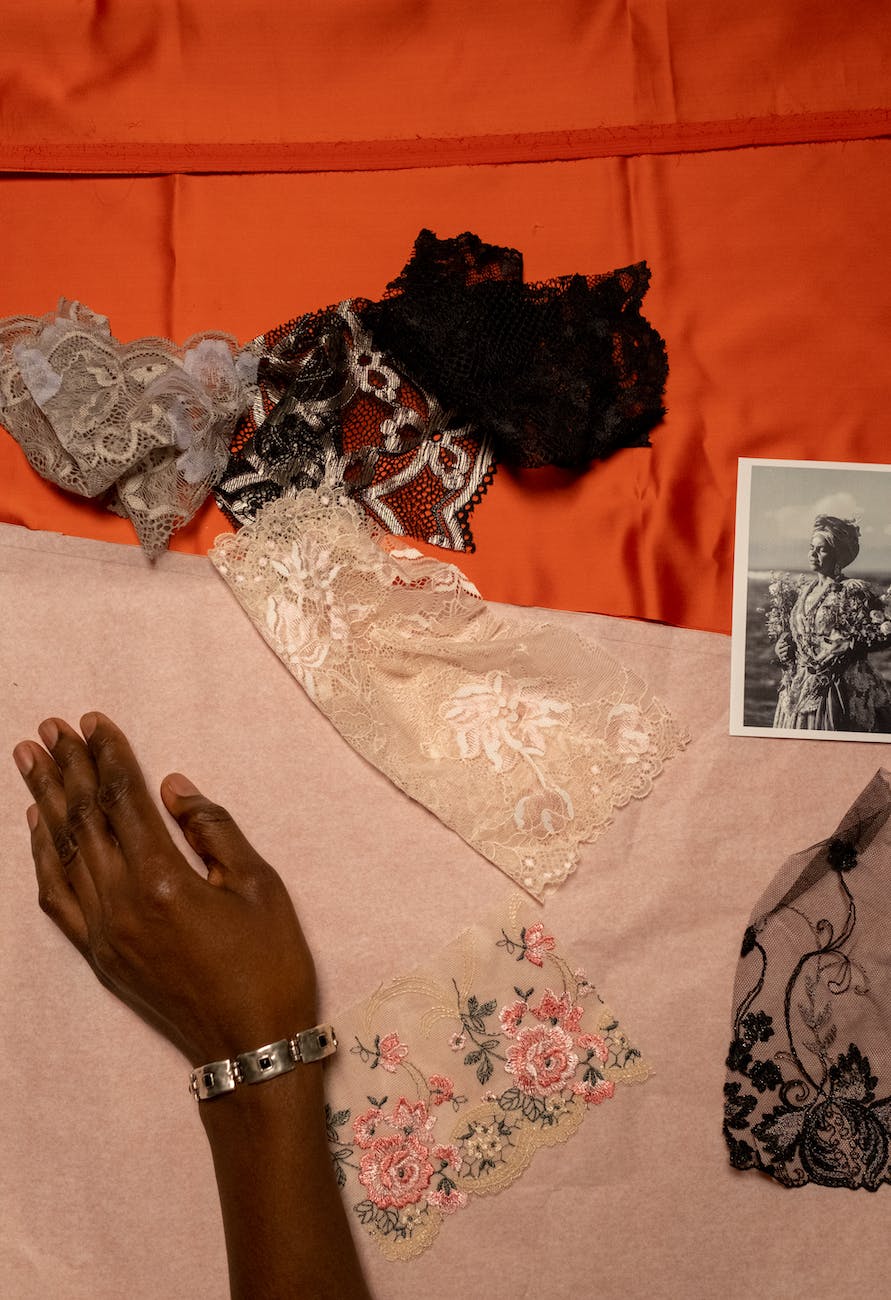sewing with sheer fabrics: techniques for transparent textiles
Sheer fabrics are known for their delicate beauty and flowing drape. They are often used to make feminine garments such as chiffon blouses, nightgowns, and overlay dresses. However, sheer fabrics can be challenging to sew because they are lightweight and easily distorted.
Here are some tips for sewing sheer fabrics confidently:
- Use the right tools and needles. A sharp, fine needle will help you sew through the fabric without distorting it.
- Use a light hand when sewing. Don’t over-crank your sewing machine, or you’ll risk puckering the fabric.
- Use a walking foot or a Teflon foot to help prevent the fabric from slipping.
- Stabilize the fabric with tissue paper or a lightweight interfacing. This will help keep the fabric from stretching or bagging.
- Use a French seam or a rolled hem to finish the edges. These seam finishes will help to hide the raw edges and give the garment a more finished look.
With a little practice, you’ll be able to sew sheer fabrics like a pro! Here are some additional tips to help you get started:
- Cut the fabric on a single layer. This will help to prevent the fabric from shifting and puckering.
- Use a light-colored thread so that it doesn’t show through the fabric.
- Press the seams carefully. This will help to set the seam and prevent it from stretching out.
- Be patient! Sewing sheer fabrics can be a bit challenging, but it’s worth it to create a beautiful and feminine garment.
Common Types of Sheer Dressmaking Fabrics
Chiffon – Made from twisted crepe yarns. Floaty with a soft drape. Frays easily.
Georgette – Crisp, textured feel but hangs gracefully. Requires extra care.
Organza – Stiff with body yet still transparent. Difficult to gather. Used for overlays and structured pieces.
Tulle – Very fine mesh of silk, nylon, or rayon. Popular for veils and costumes.
Lingerie fabrics – Silky poly, modal, and nylon blends. Delicate hand requires gentle treatment.
Crepe de Chine – Lightweight silk with pebbled crinkled texture. Luxurious for blouses and dresses.
Voile – Cool, crisp plant fiber cotton for summery garments. Military uniforms and heirloom christening gowns traditionally used cotton voile.
Working Successfully with Sheer Fabrics
- Cut pattern pieces singly to prevent dragging then repositioning delicate fabric
- Use extra fine silk or microtex needles that pierce fabric cleanly without tearing threads
- Lengthen machine stitch and reduce pressure so fabric can glide smoothly
- Set feed dogs low to prevent puckering lightweight fabric
- Handle gently. Use clips instead of pins. Pull fabric rather than push when guiding it.
- Interface and underline for structure and modest opacity
- Press using low heat through a cloth to prevent scorching
- Use French or mock French seams to fully enclose raw edges that fray easily
- Hem edges by hand with narrow rolled hems or lace edging
Project Ideas for Sheer Fabrics
- Blouses with embellished accents and lace trim
- Overlays on skirts, sleeves, and necklines
- Robes, slips, and nightgowns offering stylish luxury
- Fluttery bias cut dresses and skirts that flow with movement
- Formal gowns with layered sheer and opaque panels
- Veils and wedding accessories like ring pillows
- Decor items like window scarves and lampshades
With care and patience, sewing sheer fabrics can yield breathtaking results. The delicate beauty of these fabrics can be enhanced with intricate stitching or artful layering. When finished with the right techniques, sheer garments can float ethereally, like a whisper of grace.
Sheer fabrics are often used to create heirloom pieces that will be cherished for generations. With their timeless beauty and feminine charm, sheer garments can be passed down from mother to daughter, grandmother to granddaughter.
If you are looking for a challenge and want to create something truly special, I encourage you to try sewing sheer fabrics. With a little care and patience, you can create heirlooms that will be cherished for years to come.
Here are some additional tips for creating breathtaking heirlooms with sheer fabrics:
- Choose high-quality fabrics that will stand the test of time.
- Use intricate stitching or artful layering to enhance the beauty of the fabric.
- Finish the edges with a French seam or a rolled hem for a professional finish.
- Use a light-colored thread that will blend in with the fabric.
- Press the seams carefully to set them and prevent them from stretching out.
With a little care and attention to detail, you can create heirloom pieces that will be cherished for generations.
